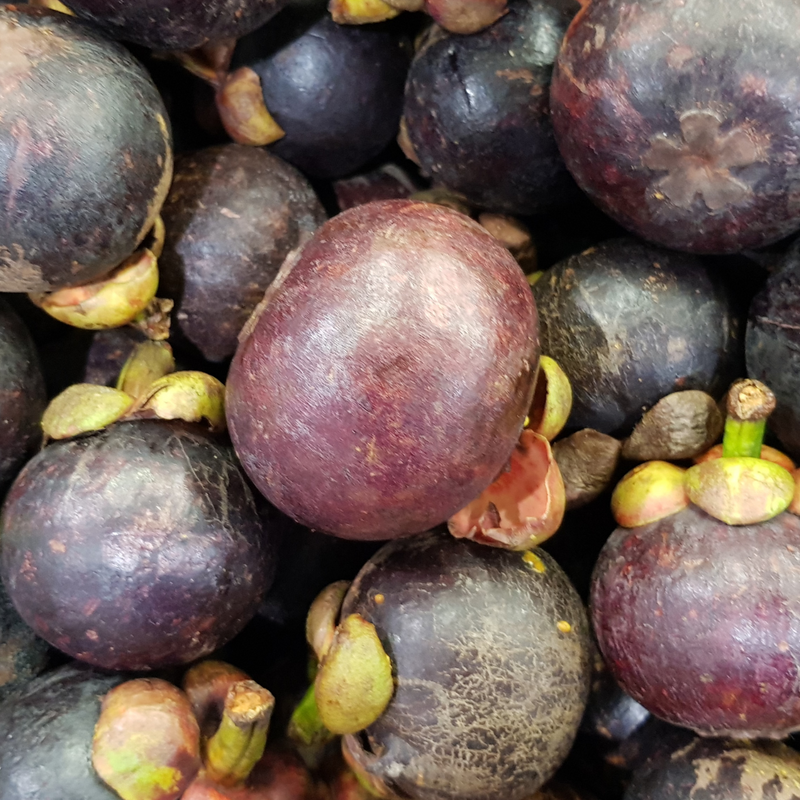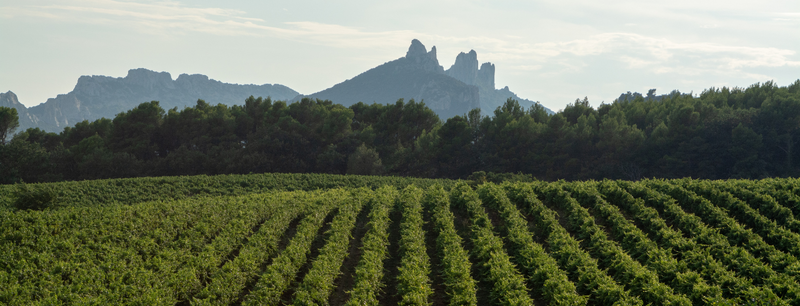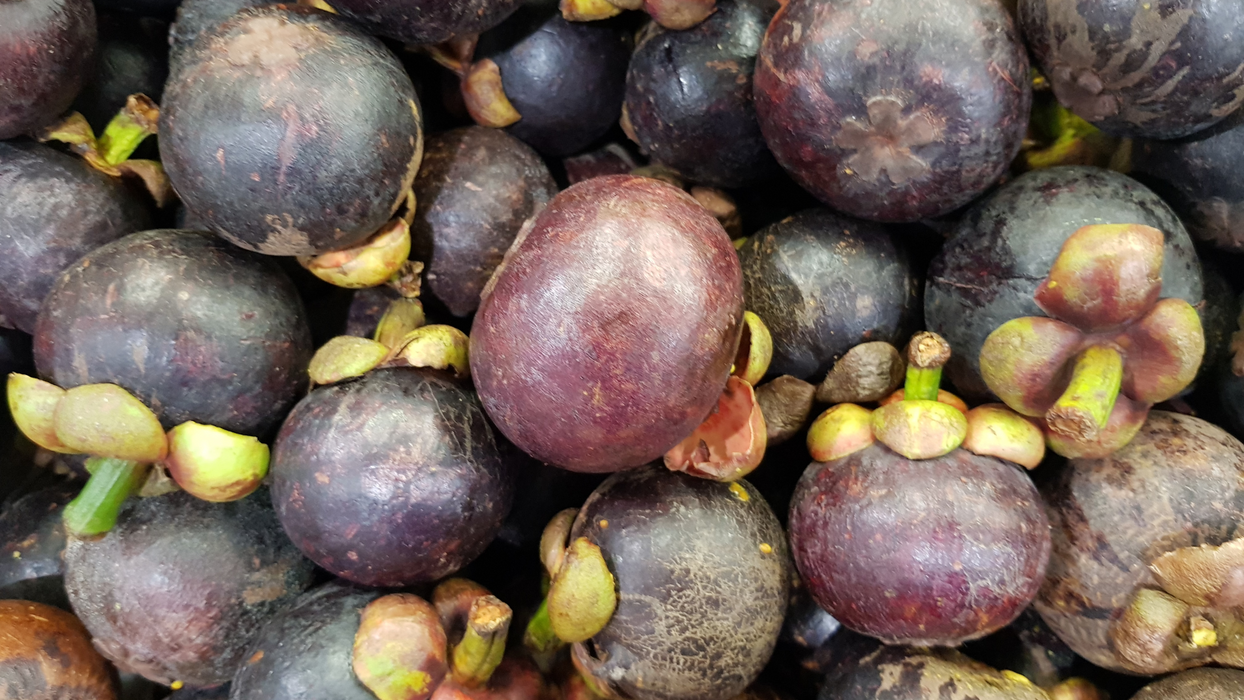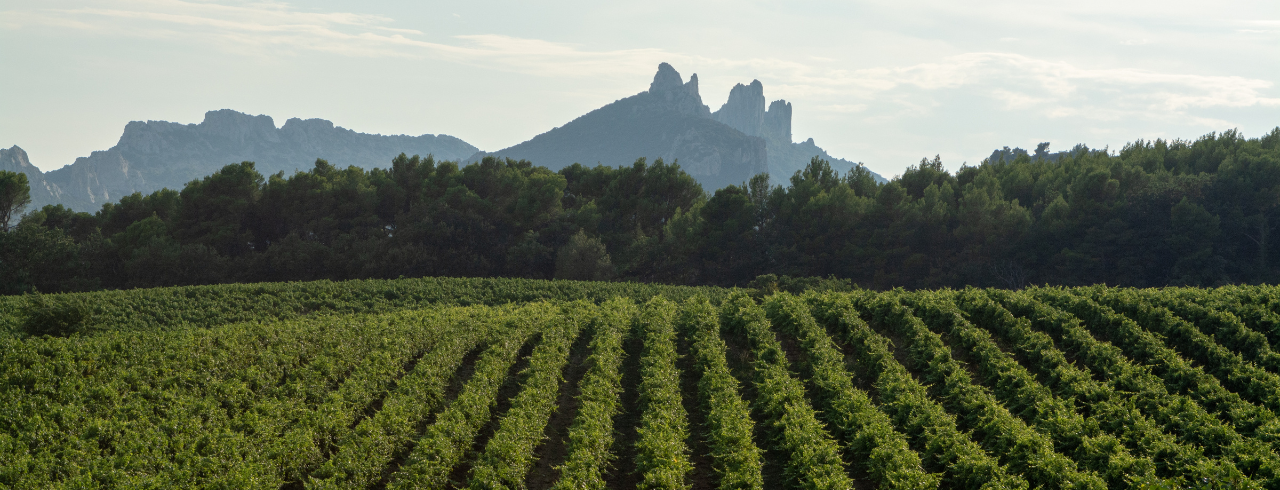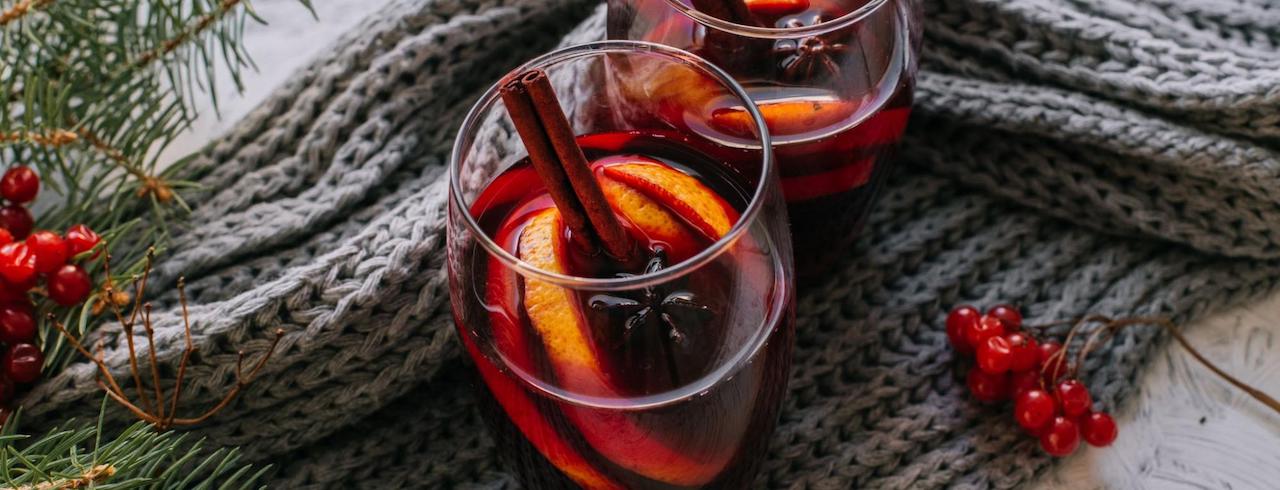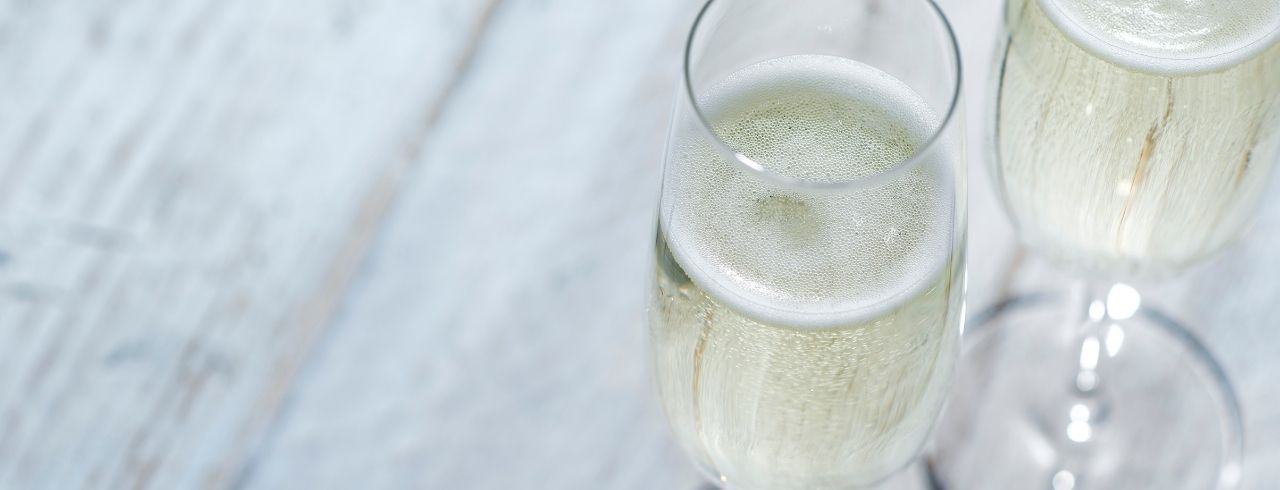
What Is the Difference Between Prosecco and Champagne?
Ah, Prosecco and Champagne, the two sparkling whites we hold so dearly. Although appearing similarly in glass, Prosecco and Champagne are two very different bubbly wines. If you’ve struggled with telling the difference between the two, you’re not alone.
Let’s give you the low-down on what makes Prosecco and Champagne their own unique wines, and why they deserve their own place in your wine rack.
Why Are Prosecco and Champagne Confused?
Prosecco and Champagne are often mistaken for each other because they look and act the same. They’re both white wines that bubble in your glass and add a fizz to your palate.
When a bubbly like these two gets uncorked on a special occasion and poured into your glass, you might enjoy it without question.
It’s wonderful to enjoy both wines equally, but knowing the difference between the two can help you enjoy their unique qualities even further. Let’s start with where the two wines originate.
Origins of Prosecco & Champagne
One of the main differentiators between Prosecco and Champagne is where they come from. Prosecco gets its name from the village of Prosecco in Friuli in northeastern Italy, and Champagne is named after the Champagne region of northeastern France.
Prosecco has Protected Designation of Origin (DOC) status in the European Union. This status means that to be called Prosecco, the grapes used must come from the 35,000 acres in the northern Italian regions of Veneto and Friuli-Venezia-Giulia, which borders Slovenia.
Champagne also has protected DOC. For a bottle of sparkling wine to be labeled Champagne, it has to be made in Champagne, France. Although you might be told you’re drinking Champagne, your server might have little regard for the specifics. More often than not, you’re being served a sparkling wine from somewhere else, but “sparkling wine” is a mouthful, isn’t it?
Although both wines come from Europe, the vines that produce their grapes are about 1,100 km (680 miles) apart. The difference in landscapes produce different grapes and therefore wines with unique qualities.
What Is the Difference between Prosecco & Champagne?
Not only is champagne wine defined by its origins but the grapes used to produce it. Champagne can only be made using Chardonnay, Pinot Noir, and Pinot Meunier grapes.
Prosecco is a bit more lenient regarding the grape varietals that define it. Prosecco is made from a blend of grapes that must be at least 85% Glera, with the rest being local and international varieties.
Prosecco vs. Champagne Characteristics
Flavors
Champagne Flavors: Most champagnes carry nutty and fruity notes of apple, pear, citrus, cream, and vanilla in the flavor profile. Fruitier notes prevail in new world champagnes, while vintage champagne features more subtle, creamy, yeasty, and nut-like flavors.
Prosecco Flavors: Dominant flavors in Prosecco’s taste typically include apple, honeysuckle, peach, melon, and pear. Secondary flavors can consist of cream, hazelnut, and tropical fruits.
Bouquet
Champagne Bouquet: Champagne wines are subtly aromatic, and every bottle develops its own particular range of fruit, floral, wooded and spicy notes.
Prosecco Bouquet: Unlike Champagne, Prosecco offers a fragrant bouquet. On the nose, you’ll notice the aromas of golden apples, citrus fruits, and fresh plants.
Mouthfeel
Champagne Mouthfeel: The mouthfeel of a great Champagne is creamy, soft, and mellow. A glass should feel crisp in the mouth, with tightly knit bubbles that aren't sharp but sturdy.
Prosecco Mouthfeel: Prosecco’s wines are light-bodied, vibrant, fresh, and crisp. The wine has a medium to high amount of acidity and large, frothy bubbles on the palate.
When Should You Enjoy Prosecco or Champagne?
You can enjoy both Prosecco and Champagne on numerous occasions. The crisp and sparkling wines allow them to pair well with various elegant dishes.
Champagne’s nutty and fruity flavors are the perfect match to mushroom and seafood dishes. In comparison, Prosecco tends to be on the sweeter side, making savory cheeses and cured meats great food pairings.
Both Champagne and Prosecco are welcome at most celebrations, so feel free to bring a bottle of either to your next event.
The Wine Insight
Now that you know that not all sparkling wine is champagne and that Prosecco comes from northeastern Italy, you can make your next wine purchase with greater confidence.
Both wine varietals are an excellent choice for any occasion, but you can now make a more wise decision if you know what meal will be served.
Not all bottles of Prosecco are the same, and in the same respect, not all Champagnes are. The general qualities detailed above are great starting points as you discover more variations of the two sparkling wines, but you should always explore the various results of thoughtful craftsmanship.
